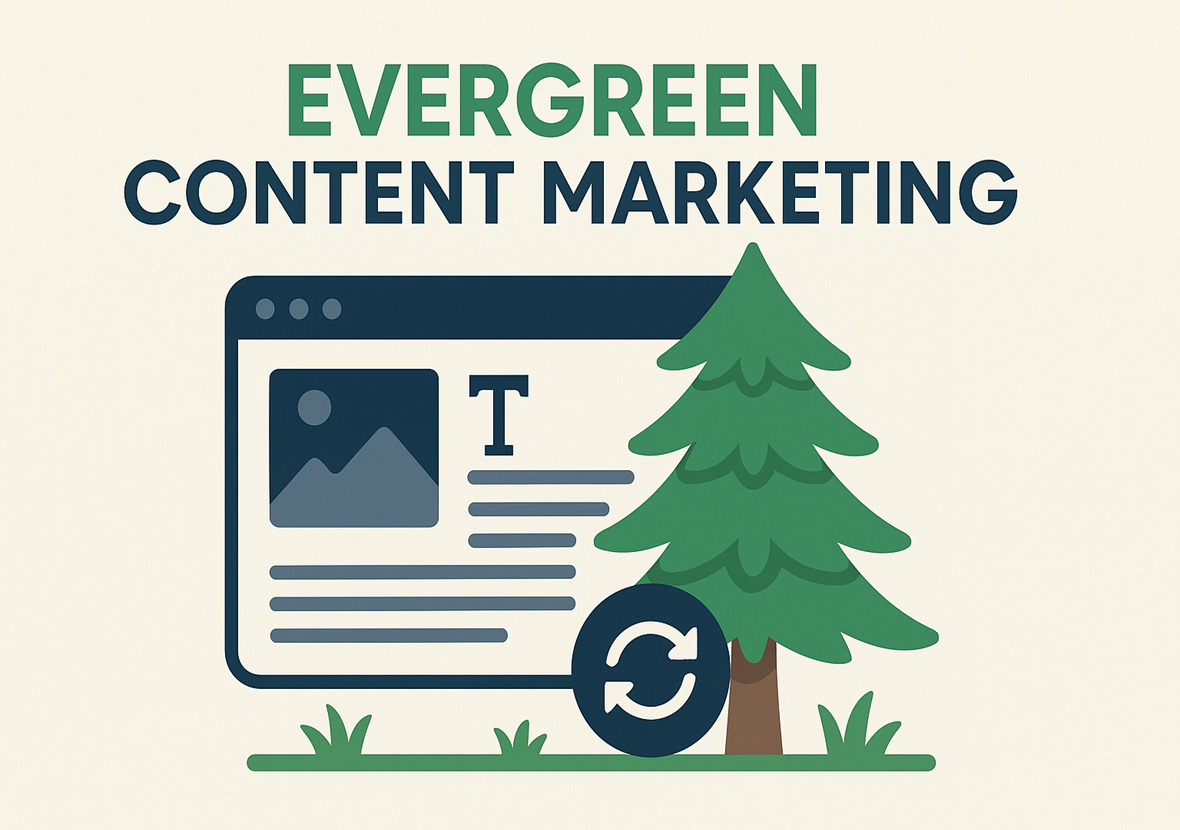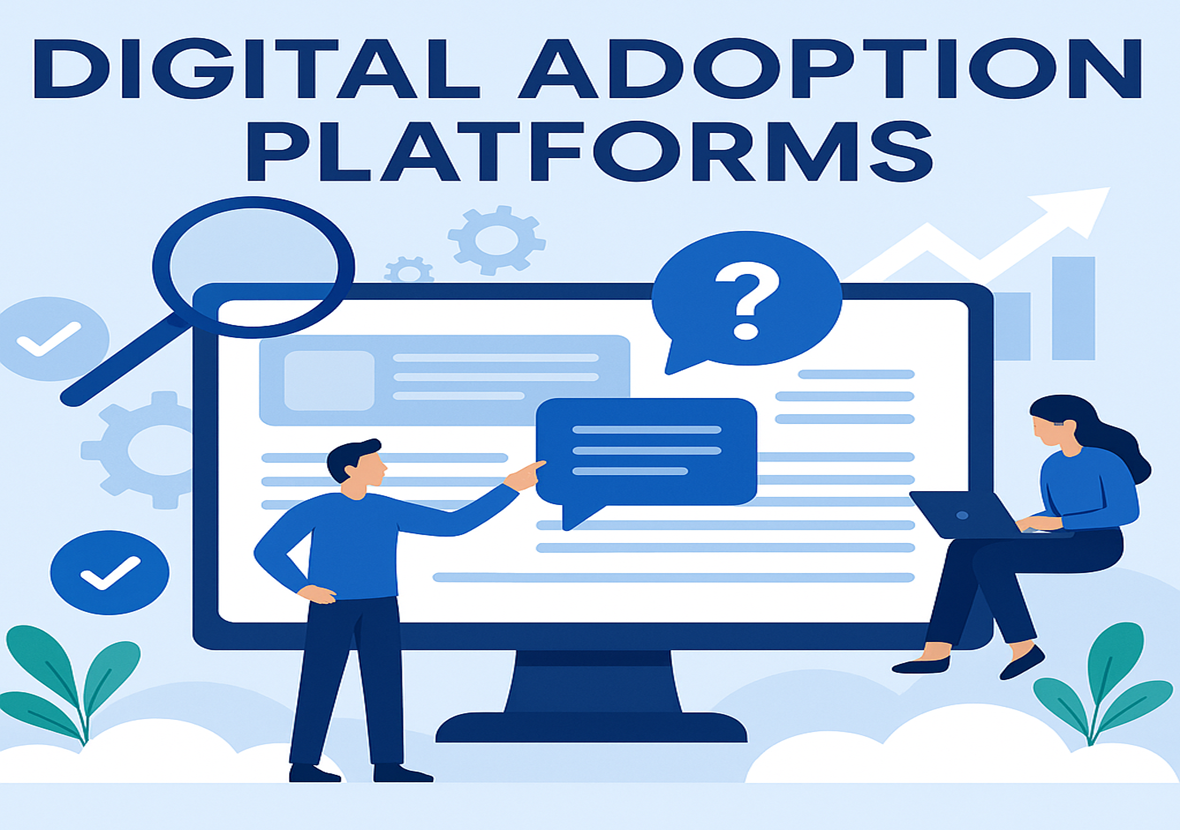Start a Substack Newsletter That Actually Makes Money
Turning a Substack newsletter into a profitable venture requires more than simply publishing content—it demands strategic planning, audience engagement, and thoughtful monetization. While some newsletters generate significant revenue, others struggle to gain traction. Understanding the key factors that drive success is essential for those looking to monetize their writing.
With over 20 million readers and a growing base of paying subscribers, Substack has become a powerful platform for independent voices, offering opportunities for journalists, experts, and enthusiasts to cultivate an audience while generating income. However, achieving financial success involves more than just reaching readers—it requires building a loyal subscriber base and offering content that provides tangible value.
This discussion will explore the essential steps for launching a profitable Substack newsletter, including defining a niche, attracting dedicated subscribers, setting effective pricing models, and implementing growth strategies. For those serious about building a newsletter that generates consistent revenue, adopting a well-planned approach will be key to long-term success.
Choose a Profitable Niche You Actually Care About
One of the biggest mistakes new creators make on Substack is picking a niche based on what’s trending rather than what they’re passionate about. Sure, finance, tech, and productivity newsletters often pull in high subscriber numbers, but if you’re not genuinely interested in the topic, your content won’t connect—and your audience will know.
To build a money-making Substack, your niche needs to meet three criteria: you care about it, people search for it, and they’re willing to pay to learn more. For instance, a former lawyer writing about legal tips for small businesses, or a teacher sharing classroom strategies with other educators, has built-in value and credibility.
Take the popular newsletter “Not Boring” by Packy McCormick. He writes about startups, business trends, and tech in a unique voice—and because he’s passionate and knowledgeable, his Substack generates real income from readers and sponsors alike.
The takeaway? Don’t chase trends. Find the overlap between your expertise, your interests, and your audience’s needs. That’s where profitable newsletters begin.
Build an Irresistible Free Offering First
Before you ask anyone to pay, you need to earn their trust. That starts with your free content. Think of your free Substack newsletter as the hook: it’s what draws people in and gives them a taste of your value.
The best-performing Substacks offer consistent, high-quality free content that solves a problem or sparks curiosity. Whether you publish once a week or twice a month, show up with insightful, actionable content. Write headlines that grab attention. Make sure each email delivers on the promise in the subject line.
One great example is the newsletter “Dense Discovery,” which curates thoughtful links around tech, design, and culture. It’s completely free, beautifully formatted, and provides so much value that readers want to support the creator when asked.
Only after you’ve built a base of loyal free subscribers should you introduce paid content. Substack allows you to keep some posts exclusive to paying members—this is your chance to go deeper, offer premium tips, behind-the-scenes insights, or downloadable resources your audience truly wants.
Turn Free Subscribers Into Paying Supporters
So how do you actually convert readers into paying subscribers? The transition from free to paid needs to be intentional—and seamless. Your audience should feel like upgrading is the natural next step.
Start by clearly defining what paid subscribers get that free readers don’t. This could be extra weekly issues, deep dives into niche topics, members-only Q&As, or personal coaching offers. Be specific, and make the value obvious.
Creators who earn from their Substack often include clear, non-pushy reminders in every free issue. A sentence or two at the end like, “Enjoying this? Consider supporting the newsletter for exclusive insights each week,” can go a long way.
You can also use limited-time discounts to encourage early sign-ups, offer free trials, or bundle a paid newsletter with access to a private community or podcast feed.
Ultimately, people pay for access, convenience, and connection. If your paid content feels like a true upgrade, conversions will come naturally.
Grow Your Newsletter Audience Without Spending Money
A newsletter without an audience is just a diary. Growing your email list is essential if you want your Substack to pay off, and thankfully, there are ways to do it without a marketing budget.
Start by leveraging your existing platforms—share your newsletter on social media, LinkedIn, and forums like Reddit or Quora where your niche audience hangs out. Make your Substack link easy to find in your bio and create shareable snippets from each issue.
Another powerful growth tactic is cross-promotion. Collaborate with other Substack writers in adjacent niches to recommend each other’s newsletters. Many writers feature a “Newsletters I Like” section that helps readers discover similar content.
Guest posting on other blogs or appearing on podcasts can also drive sign-ups, especially if you offer a lead magnet—like a free guide or checklist—in exchange for an email address. Substack’s built-in referral program can also incentivize your existing subscribers to bring in new readers.
Don’t underestimate the power of consistency either. Publishing regularly—even if it’s once a week—keeps your audience engaged and encourages word-of-mouth referrals over time.
Price It Right and Experiment With Monetization Models
Now for the big question: how much should you charge? Substack lets you set your own subscription price, but the sweet spot for most successful creators is $5–$10/month or $50–$100/year. That said, you need to earn that price point with consistent, quality content.
Some writers offer tiered plans—one basic paid tier and one premium tier with extra perks like 1-on-1 coaching or access to live events. This gives your most loyal fans more ways to support you while keeping entry affordable.
Aside from subscriptions, you can also monetize through sponsorships, affiliate marketing, or digital product sales (like eBooks or templates). Substack’s simplicity makes it easy to embed links, promote products, or host downloadable content behind a paywall.
For example, someone writing a newsletter about freelance writing could monetize not just through paid subscriptions, but by offering templates, job board access, or courses. As long as the extra offerings serve your audience’s needs, you can grow multiple income streams from one newsletter.
Track, Tweak, and Keep Going
Even the most successful Substacks didn’t explode overnight. Building a newsletter that pays is a long game, and to succeed, you need to stay flexible and focused.
Start by tracking your open rates, click-throughs, and subscription conversions. Substack provides basic analytics that show you what’s working—and what’s not. Use this data to shape your content strategy and test different formats or posting frequencies.
Pay attention to reader feedback. Encourage replies to your emails, run occasional surveys, or check which issues get the most engagement. The more you understand your audience, the better you can serve—and monetize—it.
Finally, don’t stop experimenting. Try new topics. Test different subject lines. Play with your tone or layout. Sometimes, small tweaks can lead to big results.
The creators who make real money on Substack didn’t just get lucky—they stayed consistent, kept listening, and kept improving. If you treat your newsletter like a business, it will eventually pay like one.
https://usfonts.link/stock-photography/
Conclusion
Building a profitable Substack newsletter requires more than strong writing—it demands trust, value, and consistency. Success comes from selecting the right niche, delivering high-quality free content, engaging loyal readers, and exploring various monetization strategies to create a sustainable revenue model.
There is no universal formula for growth, but dedication to learning, adapting, and consistently providing meaningful content will set the foundation for success. With the right approach, a Substack newsletter can evolve beyond a passion project into a thriving business that reflects your expertise and vision.














